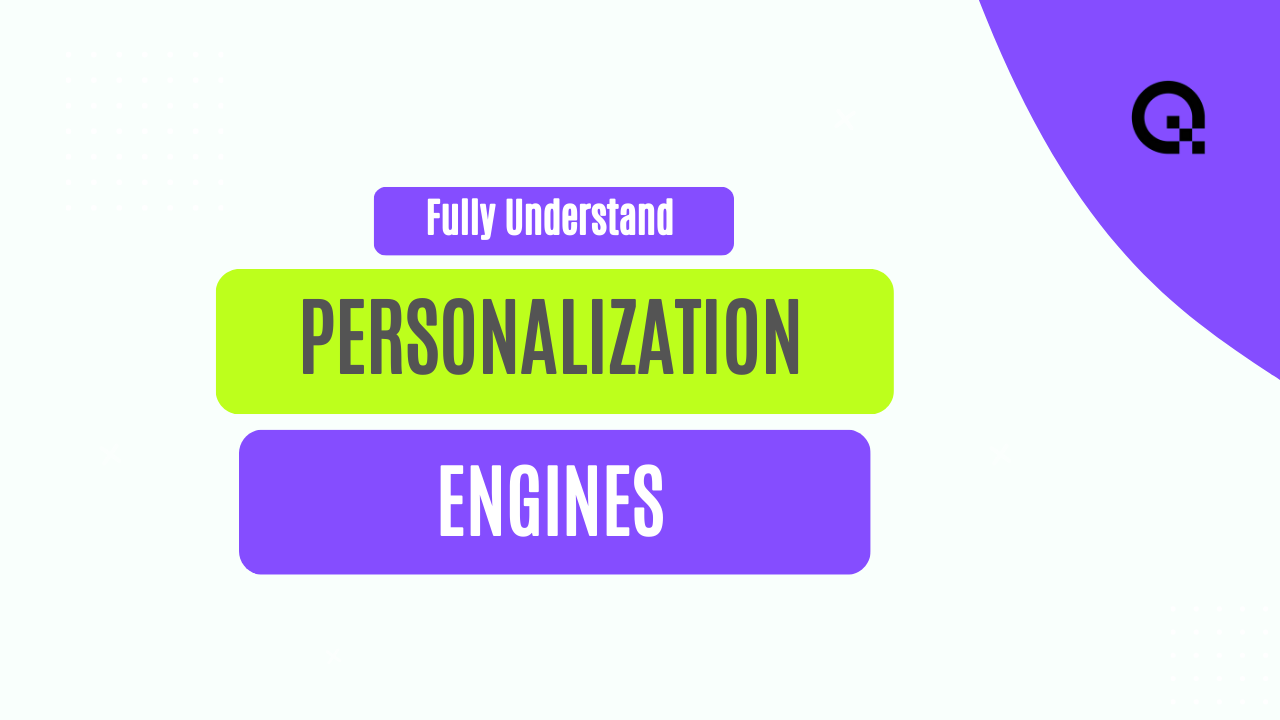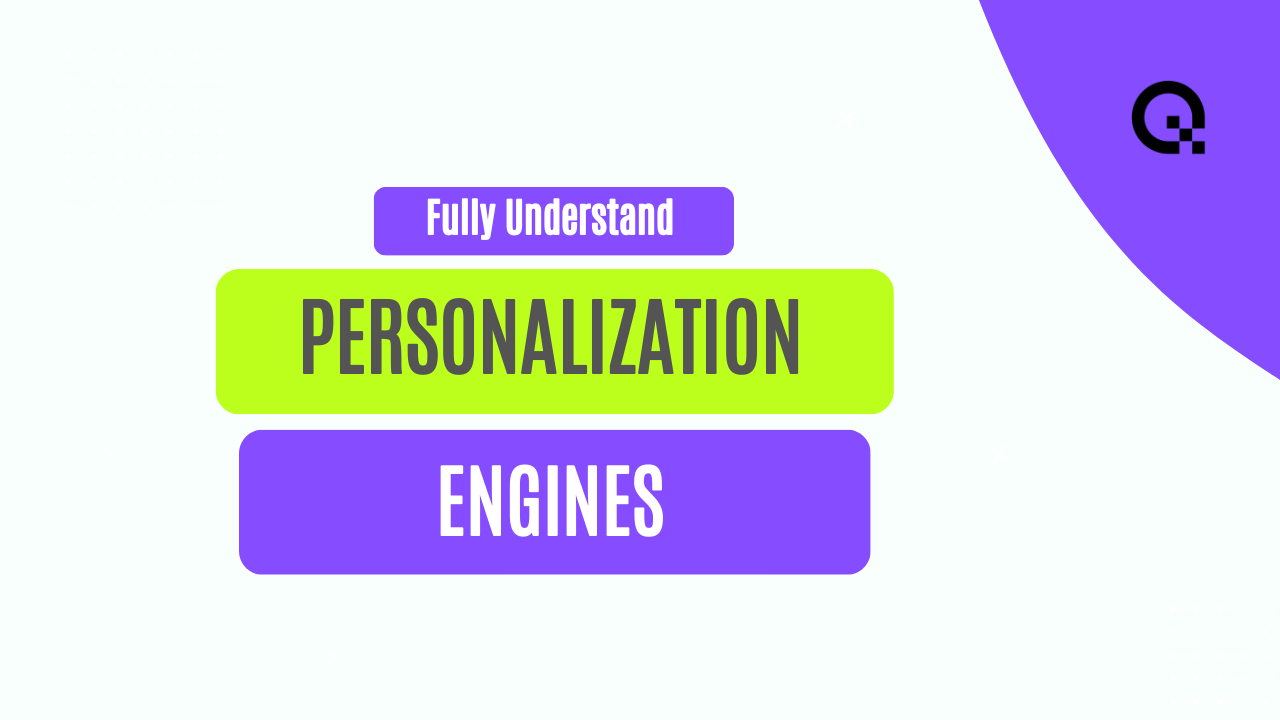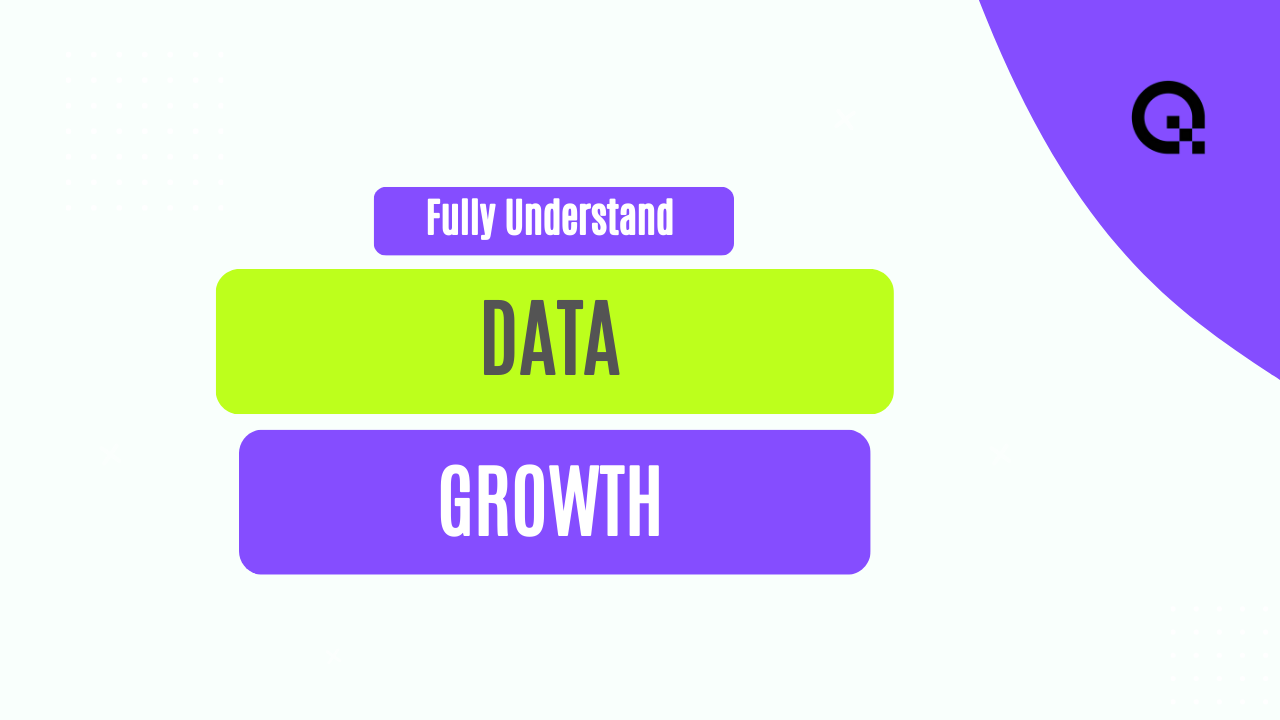The Power of Real-Time Personalization Engines
In today's digital age, businesses are constantly seeking ways to enhance customer experience and drive engagement. One of the key strategies that has emerged as a game-changer in this pursuit is real-time personalization engines. These innovative tools enable companies to deliver tailored content and experiences to their customers based on real-time data and interactions.
Understanding Real-Time Personalization
Real-time personalization involves the use of data and algorithms to customize content and interactions for individual users in real time. By analyzing user behavior, preferences, and context, businesses can deliver personalized recommendations, offers, and messages that are highly relevant and timely.
Unlike traditional personalization methods that rely on historical data and segmentation, real-time personalization engines adapt to user actions as they happen, allowing for a dynamic and responsive customer experience.
These engines leverage machine learning and AI technologies to process vast amounts of data and make split-second decisions on what content to display to each user. This level of personalization not only enhances engagement but also increases conversion rates and customer satisfaction.
The Benefits of Real-Time Personalization Engines
Implementing a real-time personalization engine can yield a range of benefits for businesses, including:
1. Improved Customer Engagement: By delivering relevant content and offers in real time, businesses can capture the attention of their audience and keep them engaged with personalized experiences.
2. Increased Conversions: Personalized recommendations and messages have been shown to drive higher conversion rates as they resonate with the individual needs and preferences of users.
3. Enhanced Customer Loyalty: By providing a personalized and seamless experience, businesses can build stronger relationships with their customers and foster loyalty over time.
Best Practices for Implementing Real-Time Personalization
While the benefits of real-time personalization are clear, implementing a successful strategy requires careful planning and execution. Here are some best practices to consider:
1. Data Quality and Integration: Ensure that your data sources are accurate, up-to-date, and integrated across all touchpoints to provide a comprehensive view of each customer.
2. Personalization Rules and Segmentation: Define clear rules and segments based on user behavior and preferences to deliver targeted content that resonates with different audience segments.
3. Testing and Optimization: Continuously test and optimize your personalization strategies to ensure that they are driving the desired results and meeting the evolving needs of your customers.
The Future of Real-Time Personalization
As technology continues to advance and customer expectations evolve, the role of real-time personalization engines will only become more critical for businesses looking to stay competitive in the digital landscape. By harnessing the power of data and AI, companies can create hyper-personalized experiences that delight customers and drive business growth.
Overall, real-time personalization engines represent a powerful tool for businesses to connect with their audience on a deeper level and deliver value at every touchpoint. By investing in these innovative technologies and strategies, companies can differentiate themselves in a crowded market and build long-lasting relationships with their customers.



